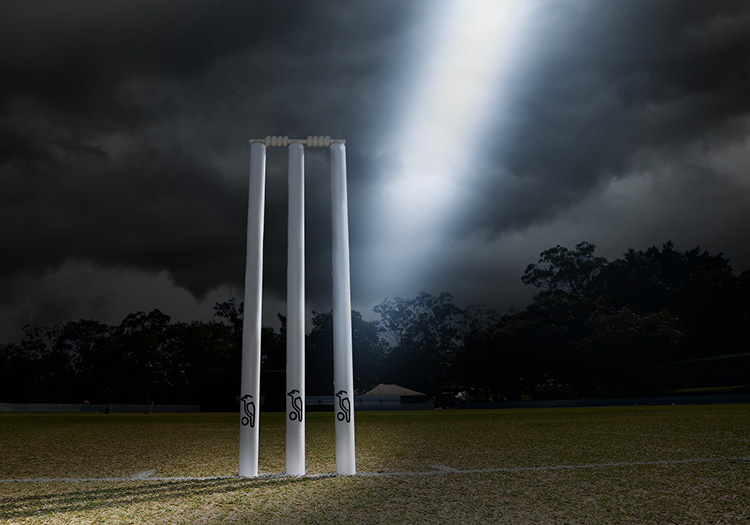
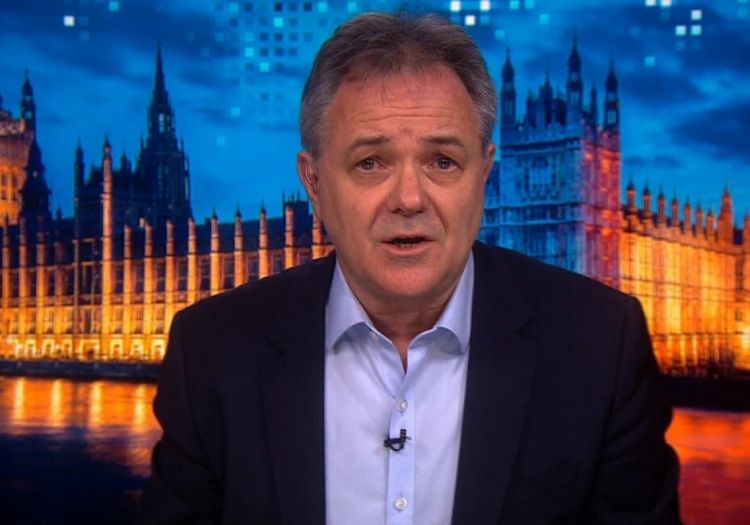
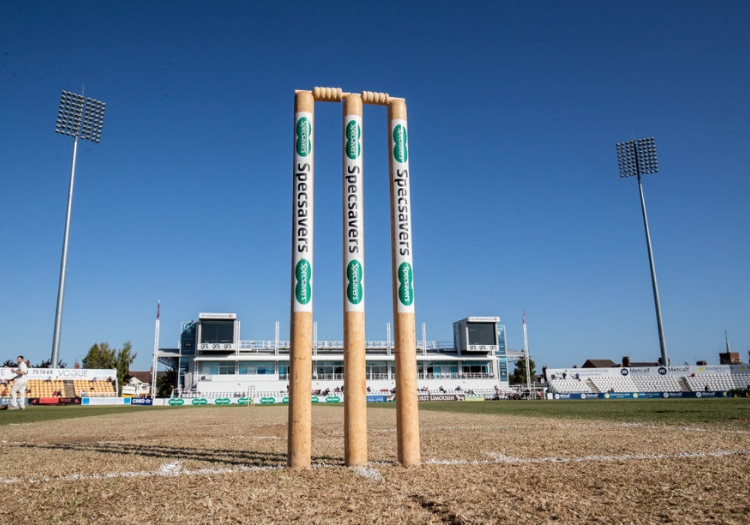
Players, coaches and fans will see new cricketing lexicon enter the sport's dictionary when behind-closed-doors matches arrive later this summer.
A report in The Guardian has revealed the detailed plans being put together by the ECB to stage Tests against West Indies and Pakistan, which include a number of phrases which will be new to the cricketing world.
"Contact clusters": Small social gatherings of players or staff
"Functional area": A designated zone within a stadium
"Island site": A venue with all facilities, including accommodation and training, housed within a bio-secure area
"Circle of trust": Group responsibility to refrain from non-essential contact with others
"Players will have the choice, but I don't expect to take a weakened team to England"
— Sky Sports News (@SkySportsNews) May 14, 2020
West Indies are set to tour England next, and their CEO Johnny Grave has an update on how it could happen
📺 Watch the #SkyCricketShow now on Sky Sports News pic.twitter.com/KTMbuW2Uat
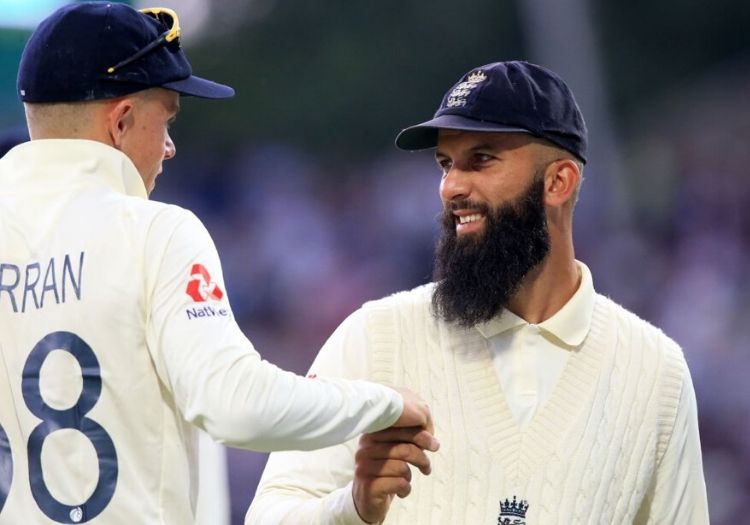
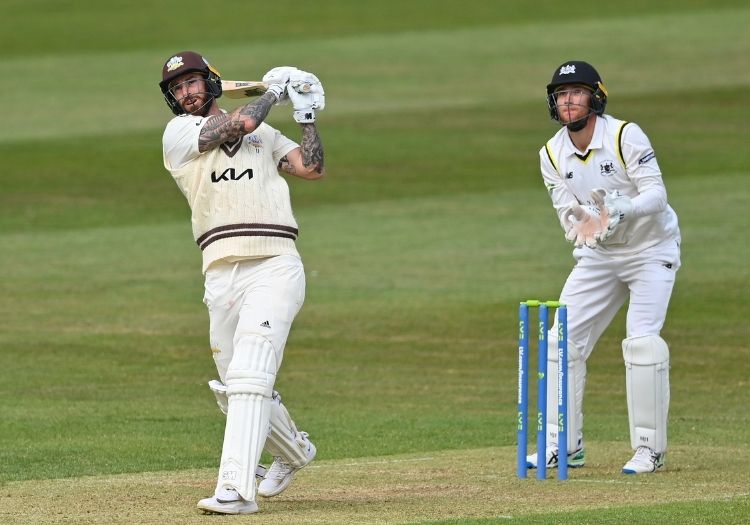

"I don’t think you can expect domestic players just to go and play at Taunton or Kent or Worcester or Hove in a normal county ground setting when you’ve got international players quarantining for two weeks at a time and being put in these special bio-secure venues"
DARYL MITCHELL, PCA CHAIRMAN


“Nothing is going to be quite the same again, let’s be honest.
There is a major concern already about: what will our crowd sizes be like next year?
What will our membership be like next year?”
WILL BROWN, GLOUCESTERSHIRE CHIEF EXECUTIVE
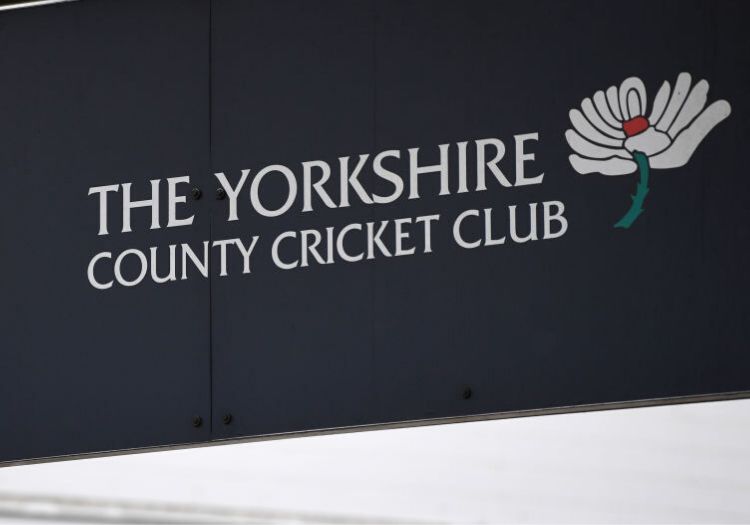

The PCA worry that there will be a significant increase in the number of players who leave the game following the 2020 season.
Typically, between 40 and 50 are either released without a first-class county to go to, or choose to retire, at the end of each summer.
However, with clubs faced with the prospect of cutting costs in 2021, there are set to be more players vying for fewer contracts next year. And negotiations for renewals are currently on hold.
With that in mind, the PCA, counties and ECB have negotiated some alterations to standard contracts.
- Players at 16 counties will now see their existing deals expire on October 31, 2020 instead of September 30 every year going forward (two counties have January-December contracts, which remain)
- Two months' extra pay will be available for players when they leave the game, be that this summer or in the future
- The PCA and ECB have agreed to redistribute £1million in prize money to a retirement pot, and written off the counties' requirement to pay in 3% of their wage bills for 2020
- Rookie contracts will be allowed to be given to 22-year-olds in 2021
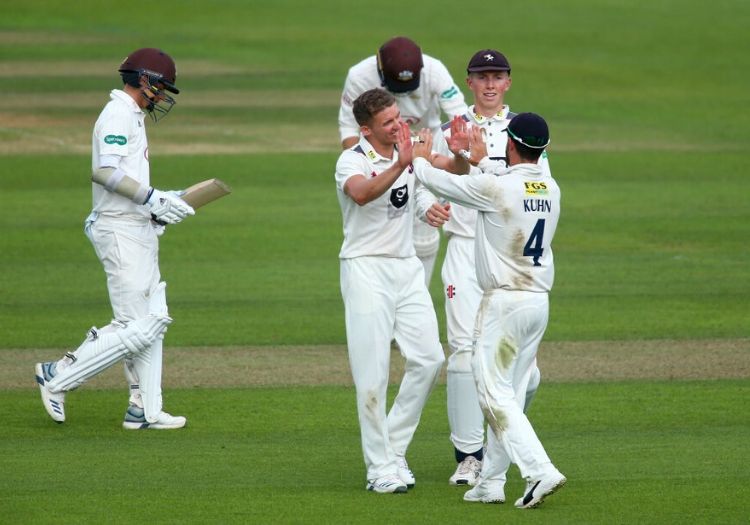
“For the guys who are under 18 this year and would have been doing their A Levels, it’s a big miss,” he says.
“Those guys would have been looking for contracts at the end of this year, and they won’t have played any cricket. I don’t know how that is going to sit with county clubs.
“It’s a big risk. You’re taking a punt on a player, so there will be good players who miss out on the chance of getting county contracts because of this.
“It depends on every individual county’s finances and how they see the future of their club. Giving new contracts out will, I think, be quite low on the list.”
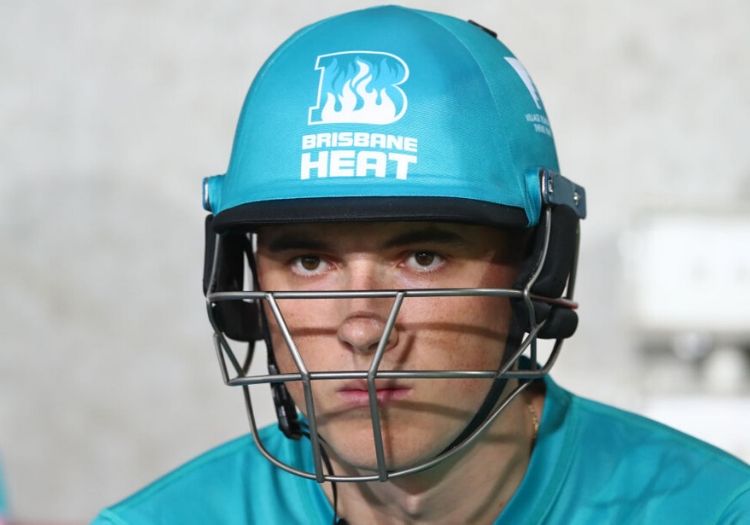
Women's cricket in England and Wales was supposed to change markedly in 2020.
A £20million boost in funding would create eight regional hubs and 40 new professional players, in addition to those who hold central contracts.
The impact of Covid-19 means the entire project is on temporary hold.
- No contracts will be handed out until at least October 1
- Players will be offered retainers from June 1, though pay will be less than initially planned
- There is a chance the regional hub competition, planned for September, may not take place
- There have also been conversations about the tournament being 20 overs rather than 50
- In the current financial climate, the ECB are unable to ringfence £20m funding for women's cricket
- India and South Africa tours may not take place, though efforts are being made to rearrange
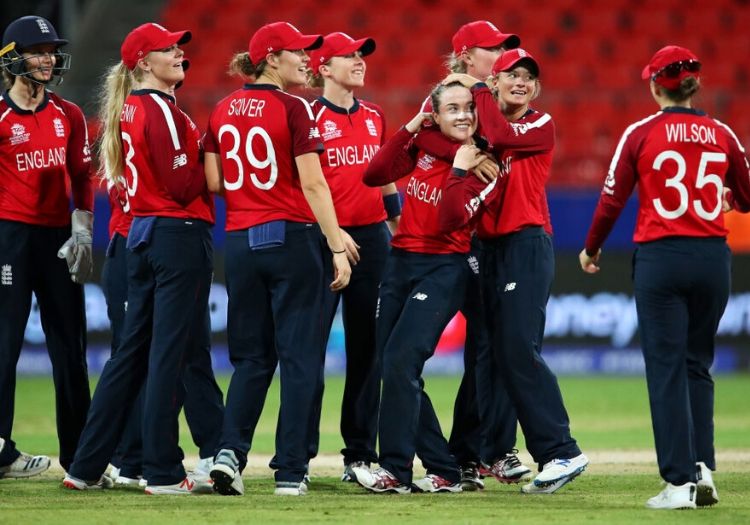
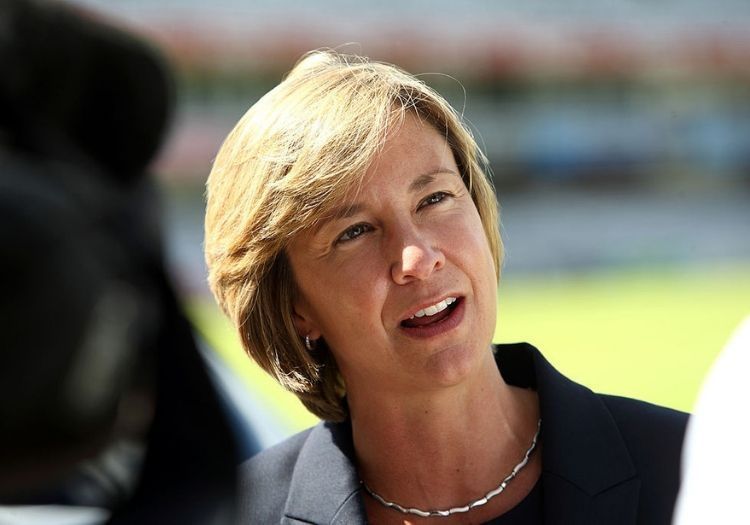
"My main message is that we remain fully committed to (the) plan and to everything that we set out to achieve through it, despite the repercussions of Covid-19"
EXTRACT OF LETTER FROM CLARE CONNOR, ECB MANAGING DIRECTOR OF WOMEN'S CRICKET, TO ALL FEMALE DOMESTIC CRICKETERS


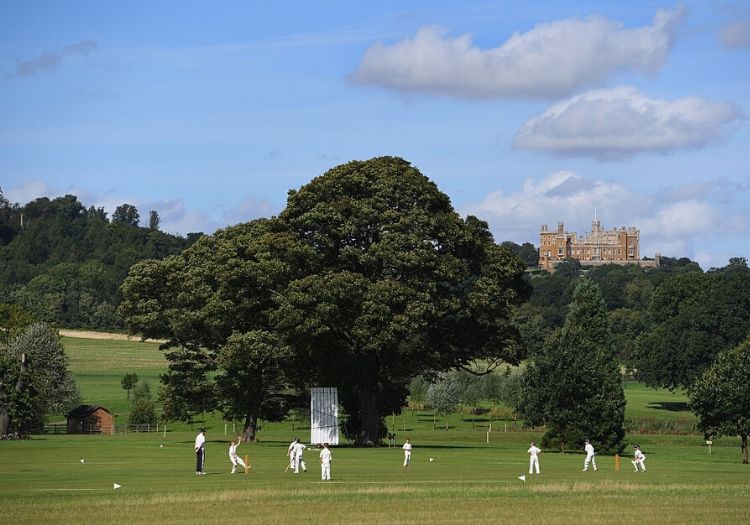
For those amateur players who aren't closely involved with the running of a club, the slight relaxation of lockdown restrictions will have given a huge amount of hope.
But before the recreational game can return in any way, there is an abundance of complicated work for the volunteer taskforce which runs the grassroots of our sport.
It isn't as simple as just picking up a bat and ball, and going back to the nets: someone from every club has to be responsible for opening facilities, monitoring sessions in person, sourcing sanitiser, organising booking systems (let alone successfully implementing them), and updating the ground with relevant signage.
It isn't as simple as playing matches when the green light is shown: who has kept the pitch and outfield in check in the interim? Has enough cash come in to fix the faulty mower? Is there a member willing to keep toilets to high hygiene standards? How are players going to get to the ground if they are unable to car share, do not own their own vehicle or do not have a licence, and abide by advice not to use public transport?
It isn't as simple as saying 'let's get on with the game', when debts have spiralled, maintenance work has been postponed, income has plummeted, and - with bars and clubhouses locked shut - the cost of putting matches on threatens to outweigh their financial benefit.
Club cricket, more than ever, is relying on the benevolence of its own community to survive - be that in actions or in hard cash. Tough decisions are having to be made every day by men and women who have nothing invested but their emotions. If you can offer a pair of hands, or a small donation, to keep your club afloat, please think about the difference you could make.
SAM MORSHEAD
“We spent a lot of time over the past 10 years trying to get a one-year running cost as surplus in the bank in case something happened. We all laughed and joked that nothing would ever happen but then this comes and bites you,” Holland says.
“The president, who was the treasurer at the time, is sitting there looking rather smug. He’s very pleased with himself.”
Other clubs are not in quite as comfortable a position, through no fault of their own.
Twelve miles around the M25, at North Enfield CC, the situation has been much more precarious.
Towards the end of April, there were real concerns that this 134-year-old club would run out of money as soon as the middle of May.
North Enfield were initially turned down for a government grant but an appeal, supported by Middlesex, overturned that ruling and secured a vital £10,000 in funds. A further £2,000 grant from Sport England will also help cover costs, which include £3,000 a year in rent, plus the associated maintenance, insurance and security bills.
The club is on course to miss out on around £5,000 - roughly a third of its annual income - through the cancellation of events staged at its clubhouse and using its bar facilities.
“Without those two grants we would have lost everything,” chairman David Malleson says. “We would have had to have gone to our landlords and said we can’t pay the rent and asked them for a rent waiver for the rest of the year.
“Assuming nothing else catastrophic, we should cover our skeleton running costs.”
An application has also gone into the ECB for a £5,000 loan.
“The plan is to stick it in an account and not touch it,” Malleson says. “We’ve assumed the worst-case scenario that there is no sport, and any fundraising event will also not happen anywhere the extent it usually would.”
North Enfield’s story highlights the fragility of community cricket. The club has two Saturday teams in the Hertfordshire League, a Sunday friendly XI and four junior teams, in addition to providing non-competitive sessions for children under eight.
Had they become extinct, more than 100 playing members would have lost their club.
Wherever you look, there are financial holes being driven into cricket communities.
Guildford CC have lost three money-spinning Surrey matches and a beer festival - their main sources of annual income. Weston-super-Mare CC have had to cancel a beer and cider festival over the late-May bank holiday weekend which would typically raise around £4,000, having already been forced to abandon their Bonfire Night event in November because of adverse weather conditions, at a cost of around £10,000.
In Ilkley, West Yorkshire, there is concern at Olicanian CC, who had hoped to rebuild their pavilion this summer, following an arson attack in August last year.
They need around £70,000 in funding and previously pledged contributions from the local community to get the project moving; now neither appear guaranteed.
“When we had the fire, there was such a shock locally that we had countless offers to help with the rebuild - plasterers, electricians, curtain manufacturers. We don’t know whether they will still be able to offer help,” says Mark Brewster.
“The ECB have been terrific and they’ve been very supportive. There is quite a big sum that the ECB was due to be able to put out to clubs in April and May. They may have to look again, with so many clubs in need of help.”

The governing body has been active in its support of the grassroots game but there has been some criticism of its Return To Cricket grants scheme, which is accessible only by clubs with annual turnovers of £15,000 or less. Beyond that, a loans system has been established as part of a £21million relief package.
The ECB’s position is that “loans - rather than grants - are offered as they are the most sustainable way for ECB to support the whole game. The use of loans allows money to be recycled throughout the sport.”
“Across an unpredictable period – during which we remain unsure when cricket will return – loans enable ECB to provide support over a longer time frame, which is key.”
The ECB say 40 per cent of recreational clubs in England and Wales are eligible for local authority funding of up to £10,000, and that around 500 clubs have already taken advantage of Sport England or Sport Wales grants totalling some £1.5million. The governing body were unable to provide details when asked about the number of loans and grants handed out since the emergency measures were announced in March.
Loans by themselves will not be all-healing. There is some reticence among committees, particularly in troubling economic times and with the country dipping into recession, to shoulder the responsibility of borrowing loans in the event their club folds.
Moreover, clubs are distinctly aware that paying those sums of money back while also underwriting running costs in 2021 may end up being even harder than the financial tumult of this summer, a concern shared with the county game.
The message from the ECB is that further cash will be made available to those who need it most in due course.
“We anticipate that clubs will still need financial support on the other side of COVID-19, our aim currently is to provide a safety net to those clubs in need while ensuring there will be capital grants available in 2021 for those clubs that wish to develop their facilities,” the statement continued.

“Kids like to get a hobby, and if it works they maintain their attention span for a long time.
"If they don’t play that hobby for two years, are we going to see the same numbers?”
MATT HOLLAND, OLD ELIZABETHANS CC
Some problems generated by the coronavirus crisis simply can’t be solved by money, however.
Just like the professional game, there is serious concern about cricket’s landscape in 2021.
The retention of players, particularly youngsters, is a major worry among most amateur sides. This year was meant to be prolific for youth cricket, with the ECB’s Inspiring Generations plan and newly-launched Dynamos initiative following up on the sudden profile boost given to the sport by the manic summer of 2019.
”It’s hard enough in the modern world to keep the juniors interested in the longer formats of the game,” says Peter Dobson of Leadgate CC in County Durham.
“You just hope that they haven’t lost interest by the time the following season or winter nets come around.”
Holland at Old Elizabethans says: “Kids like to get a hobby, and if it works they maintain their attention span for a long time. If they don’t play that hobby for two years, are we going to see the same numbers?”
Clubs are trying to get as inventive as possible to keep their younger members engaged - ECB research reported 61 per cent of parents saying sport has helped the physical and mental wellbeing of their families during lockdown - but quizzes, coaching classes and trivia online it is not the long-term solution.
“We tried a Zoom thing and eight of them ended up staring into space,” Weston-super-Mare head coach Sam Trego says.
Sport England figures published on May 5 said that during the nationwide lockdown, 44 per cent of children have been doing no activity or less than the recommended 30 minutes, up from 33 percent before the crisis.
Re-energising those young people will be hard enough; re-engaging them with cricket at a time when every sport will be fighting for their attention will be doubly difficult.
And there is yet more for club cricket to think about.
Renovations to pavilions, the servicing of ground equipment and the ordering of new kit will all have to be put back by at least 12 months. Dilapidations that might otherwise have been remedied will go unrepaired.
“The floor in our teahut has rotted away and if we don’t fix that in the next couple of months we could lose the whole thing, plus our outfield mower probably won’t last until the end of the month,” says Rich James of the tiny Temple Grafton CC in Warwickshire.
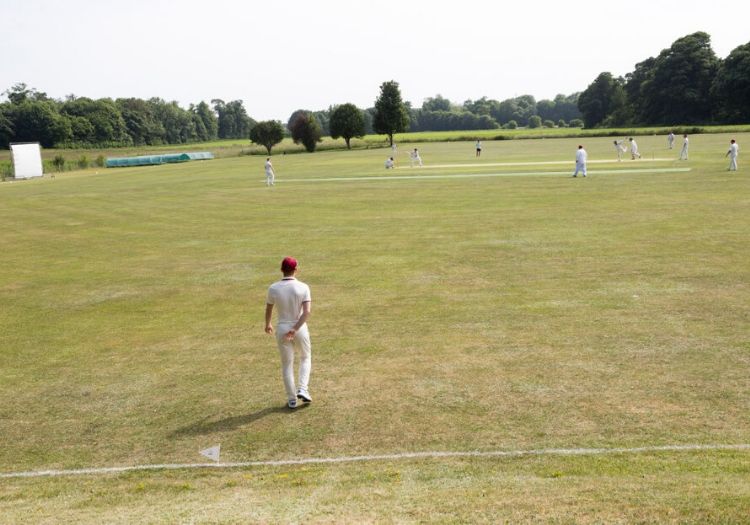
The club estimates it needs £2,000 for repairs, and has dipped into the JustGiving pool to try to help raise the money.
A brief search of popular crowdfunding website illustrates the scale of the problem facing clubs across the country.
Tap in “cricket” and dozens of pages appear, all with a similar message.
“Keep us operating”. “Worst-case scenario”. “Secure the future”. “Help us pay utility bills”. “Help us recover”. “Help us survive”.
Over the months and years that follow this initial pandemic - and the government’s scientific advice outlines the possibility of further outbreaks in the future - fundraising that would previously have gone into improving facilities will instead achieve basic survival. There is a risk that the grassroots of the sport could fall stagnant.
For those who stick by their clubs, what might recreational cricket look like in 2020?
Well, be prepared for masks underneath helmets, sanitiser at each end of the wicket, hand-washing between overs, no high fives in celebration, no beers at stumps or teas in the pavilion, and certainly no shining the ball with saliva.
“You can imagine a scenario where you can get back to some cricket with players doubling up as umpires rather than people in high-risk age categories,” Farrar adds.
“You can imagine that there being regulations and additional guidance – covering a cricket ball with saliva to get shine will be a thing of the past.
“There are all sorts of things that you could do that could encourage physical distancing, keeping your hands clean during a game, and in the end the nature of cricket being played on a very big pitch with 22 players is probably at the lower end the risk.
“With common sense and some new guidelines, I would love to see some cricket played this summer and I hope to play in some myself for Steeple Aston Cricket Club!
“And it would be great to get junior cricket going again over the summer, six a side, or other modifications but children have missed out so much through the lockdown, it would be great to give them the chance to get back into sport.”
The return of children’s coaching will not be without its own unique challenges. In some briefings, coaches have already been warned that each child would likely need to bring their own ball, any shared bat surfaces would have to be wiped down between use, and face masks would need to be widely used.
As one concerned coach told The Cricketer: “How would you go about convincing kids this was the game for them in these circumstances?”
And the deeper you go, more nagging issues.
Trego is head groundsman at Weston-super-Mare alongside his coaching responsibilities. He points out that any pitch that is played on in the remaining weeks of the season will need to be relaid in the summer, at a cost of roughly £200 per strip.
With pavilion bars closed - most clubs’ primary matchday revenue driver - will games make enough money to justify the expense? And will grounds have been looked after well enough over the preceding months?
“Where I think it will fall down is people not preparing their grounds properly,” says Adam Gardener at Rosedale CC in Hertfordshire.
“A lot of the bigger clubs pay groundsmen good money, and with no money coming in you can’t afford to keep them.”
Even if restrictions are lifted enough for some recreational cricket to be played, and clubs have the finances in place to operate, and players adhere to social distancing rules, there will still be many who cannot take part.
Kev Baker is the vice-captain of the Shropshire Disability Cricket squad, some of whose members may need to remain in isolation in late summer, given how dangerous Covid-19 is to those with underlying medical conditions.
He is concerned not only about the physical impact of this long period of lockdown.
“The mental health aspect is big - this is probably the one release, they can’t play their major sport,” Baker says. “And there’s the uncertainty of when things are going to change. A lot of the guys rely on routine, knowing fixtures are coming up. Those of us who are a bit more in the mainstream are trying to help them along.
“In four weeks time we could be looking to play again, it might be this time next year. We’re making it our business to check on the squad fairly regularly.”
The amateur game remains remarkably resilient through this, its biggest challenge ever. Stoic even.
But the forecast is so gloomy, and the horizon so obscured by the unknown, that right now club cricket’s community spirit - indeed the famous spirit of cricket in general, from superstar internationals to those who coach our kids and mow our outfields - is being tested to breaking point.